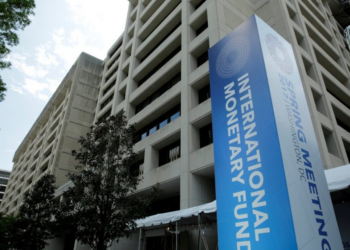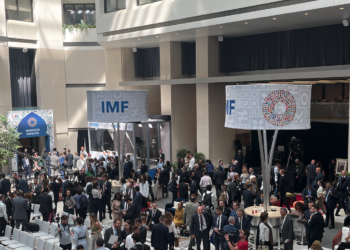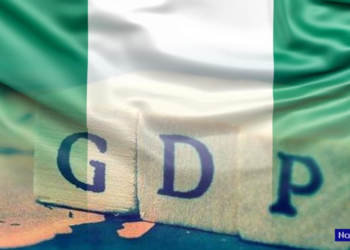The International Monetary Fund (IMF) has upgraded Nigeria’s 2025 economic growth forecast to 3.4%, reflecting a 0.4 percentage point increase from the 3.0% projection in its April 2025 World Economic Outlook (WEO).
This revision, outlined in the IMF’s latest July 2025 WEO Update, signals renewed optimism about Nigeria’s near-term economic prospects despite global uncertainties and domestic macroeconomic challenges.
The update shows that Nigeria is expected to maintain this 3.4% growth in 2025, followed by a slightly lower 3.2% growth rate in 2026, which itself is a 0.5 percentage point upward revision from the IMF’s April forecast.
These upgrades reflect a broader improvement in the global outlook, driven by more favourable financial conditions, a temporary easing in tariff pressures, and resilient trade activity.
The Fund’s projection still places Nigeria ahead of South Africa but below the broader Sub-Saharan African region average growth. South Africa’s growth forecast remains unchanged at 1.0% for 2025 and 1.3% for 2026, while Sub-Saharan Africa’s growth is projected at 4.0% in 2025 and 4.3% in 2026, with only a 0.2 and 0.1 percentage point revision, respectively.
Global economy to grow by 3.0%
This revision comes against the backdrop of slightly stronger global economic prospects. The IMF expects global growth to reach 3.0% in 2025, a 0.2 percentage point increase from the April WEO, driven largely by a temporary boost in trade and investment ahead of anticipated tariff hikes.
The IMF attributed much of the global and regional optimism to front-loaded trade activity and lower-than-expected effective tariff rates, particularly between the United States and China. These dynamics have created favourable external conditions for emerging markets like Nigeria, improving capital flows and tempering inflationary pressures.
The report read, “Global growth is projected at 3.0% for 2025 and 3.1% in 2026. The forecast for 2025 is 0.2 percentage point higher than that in the reference forecast of the April 2025 World Economic Outlook (WEO) and 0.1 percentage point higher for 2026.
“This reflects stronger-than-expected front-loading in anticipation of higher tariffs; lower average effective US tariff rates than announced in April; an improvement in financial conditions, including due to a weaker US dollar; and fiscal expansion in some major jurisdictions. Global headline inflation is expected to fall to 4.2% in 2025 and 3.6% in 2026, a path similar to the one projected in April.
“The overall picture hides notable cross-country differences, with forecasts predicting inflation will remain above target in the United States and be more subdued in other large economies.”
However, the IMF warned that the current trade-related momentum may be short-lived. Much of the growth improvement is linked to aggressive front-loading of trade and investment ahead of potential tariff reinstatements. This could result in a “payback” effect in 2026, where the absence of similar stimulus may dampen activity.
What you should know
Nigeria’s Gross Domestic Product (GDP) grew by 3.13% year-on-year in real terms in the first quarter of 2025, according to the latest report by the National Bureau of Statistics (NBS).
- This marks a solid improvement from the 2.27% growth recorded in Q1 2024 and reflects the continued resilience of the economy, underpinned by strong performances in the services and industry sectors.
- In nominal terms, GDP rose to N94.05 trillion in Q1 2025 from N79.51 trillion in Q1 2024, representing a year-on-year increase of 18.30%.
The report read, “Gross Domestic Product (GDP) grew by 3.13% (year-on-year) in real terms in the first quarter of 2025. This growth rate is higher than the 2.27% recorded in the first quarter of 2024.”
The latest figures follow the successful rebasing of Nigeria’s national accounts to 2019 prices from the previous 2010 base year, which the NBS says is necessary to ensure that the National Accounts reflect a more accurate and current picture of the structure of the economy.






















